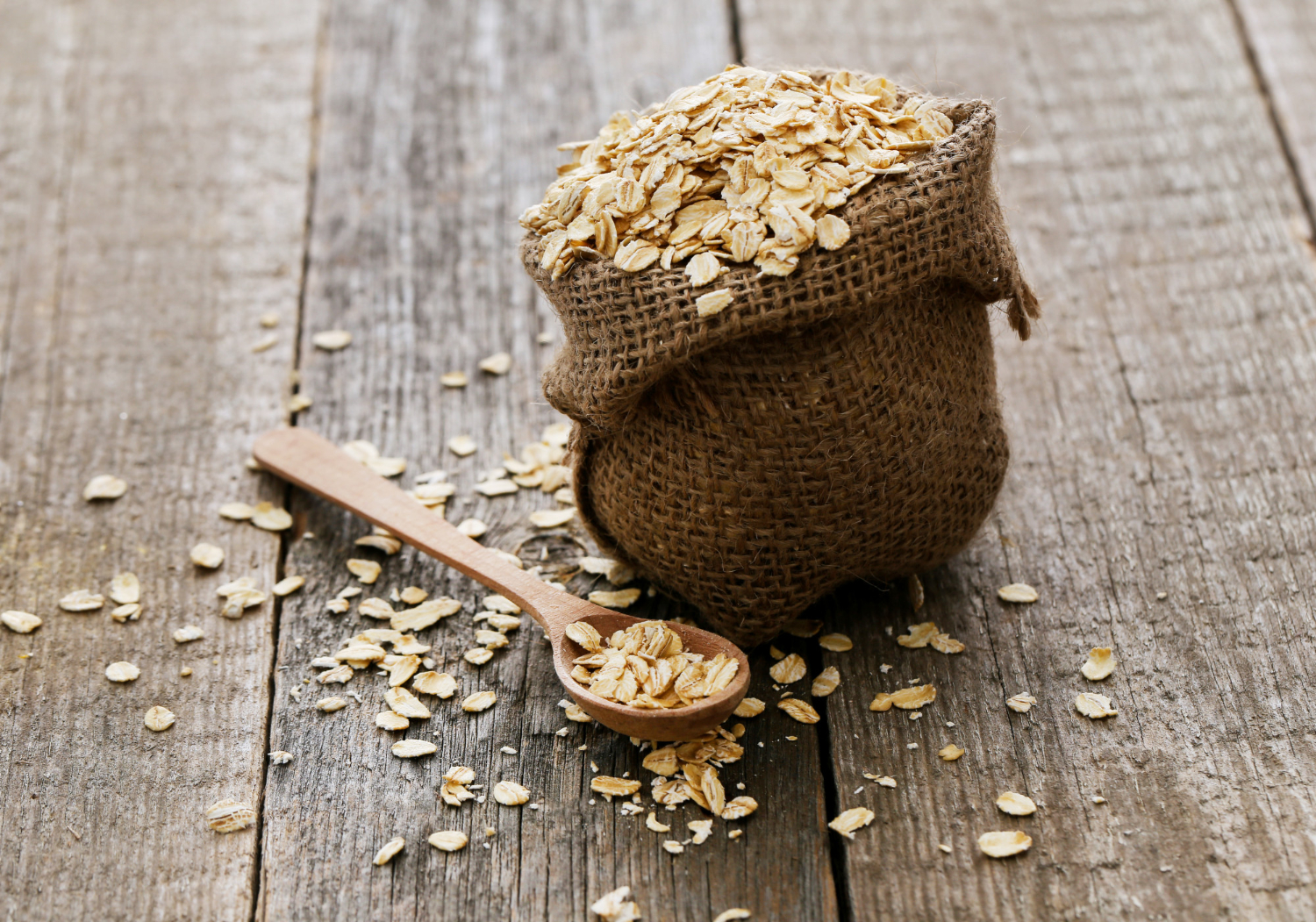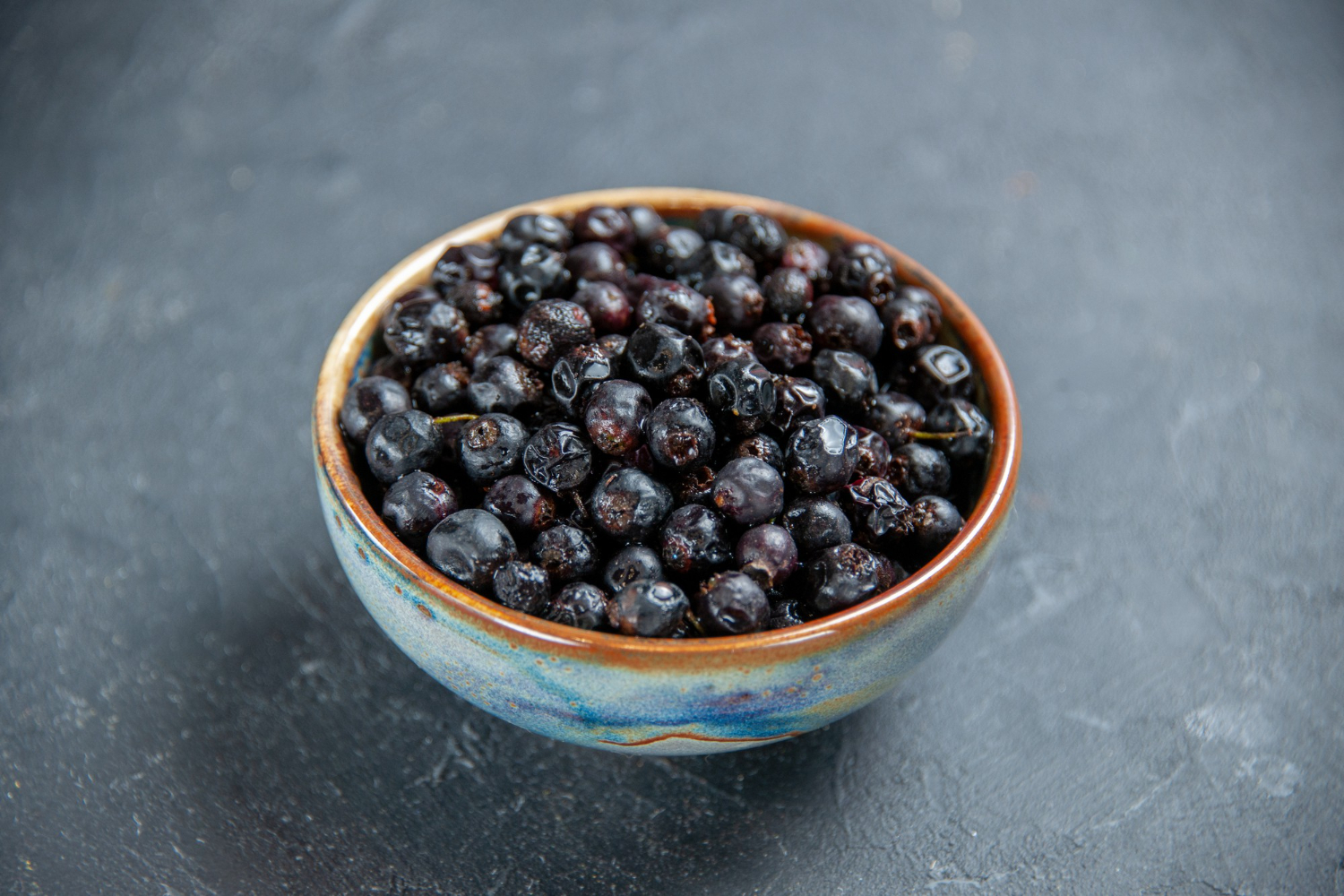Nutrition trends: Why is fiber becoming more and more popular among consumers?
In recent years, we have observed a significant increase in interest in a healthy lifestyle and nutrition. Customers are becoming more aware of what they eat and are looking for ways to improve their health and well-being through diet. One of the key ingredients that is becoming more and more popular among consumers is fiber. Why is fiber becoming so important in today’s healthy eating consumer trends? Here is an analysis of this fascinating phenomenon.
Fiber: What exactly is it?
Fiber, also called dietary fiber, is a component of plant origin that is not digested in the human digestive tract. There are two types of fiber: soluble and insoluble. Soluble fiber can be found in products such as fruits, vegetables, bran, and oatmeal. Insoluble fiber is found in whole grains, nuts and some vegetables.
Healthy consumer trends and fiber
One of the key factors contributing to fiber’s popularity today is the growing interest in healthy eating. People increasingly realize that what they eat affects their health and well-being. Therefore, they become more aware of their dietary choices and try to introduce products rich in fiber into their diet.
Health benefits of fiber
Why is fiber so appreciated by consumers? Here are some key health benefits associated with its consumption:
- Improved digestion: Insoluble fiber helps regulate intestinal motility, which may prevent constipation and other digestive problems.
- Weight management: Foods high in fiber are often more filling, which helps control appetite and prevent excess caloric intake.
- Lower cholesterol: Soluble fiber is known to lower the level of “bad” cholesterol in the blood, which contributes to heart health.
- Stabilize blood sugar levels: Fiber can help control blood sugar levels, which is important for people with diabetes.
Sources of fiber
Fiber can be found in many foods. Here are some of them:
- Fruits and vegetables: Spinach, broccoli, apples, pears, raspberries and strawberries are high in fiber.
- Whole grains: Whole grain bread, oatmeal, buckwheat and brown rice are excellent sources of fiber.
- Nuts and seeds: Almonds, walnuts, flaxseeds and chia are full of fiber.
- Legumes: Chickpeas, beans, lentils and peas are great sources of plant fiber.
- Supplements: For those who have difficulty getting enough fiber from their diet, there are fiber supplements.
How to increase your fiber intake?
If you want to increase your fiber intake, here are some simple tips:
- Choose whole grain products: Replace white flour products with whole grain products.
- Add vegetables and fruits to every meal: Vegetables and fruits can be added to breakfast, lunch and dinner.
- Eat a high-fiber snack: Almonds, walnuts or carrots are great snacks.
- Experiment with recipes: Search for recipes that contain high-fiber foods and try them out.
Summary
Fiber is becoming more and more popular among consumers for many important reasons. As awareness of the importance of healthy eating grows, people are paying attention to what they eat and trying to include foods rich in fiber in their diet. The health benefits of fiber make it a key part of modern consumer trends around healthy eating. Increasing your fiber intake is a step towards improving your health and well-being, which is attracting more and more consumers to this exciting dietary trend. Therefore, it is worth paying attention to your daily dietary choices and trying to include more fiber in your diet.


